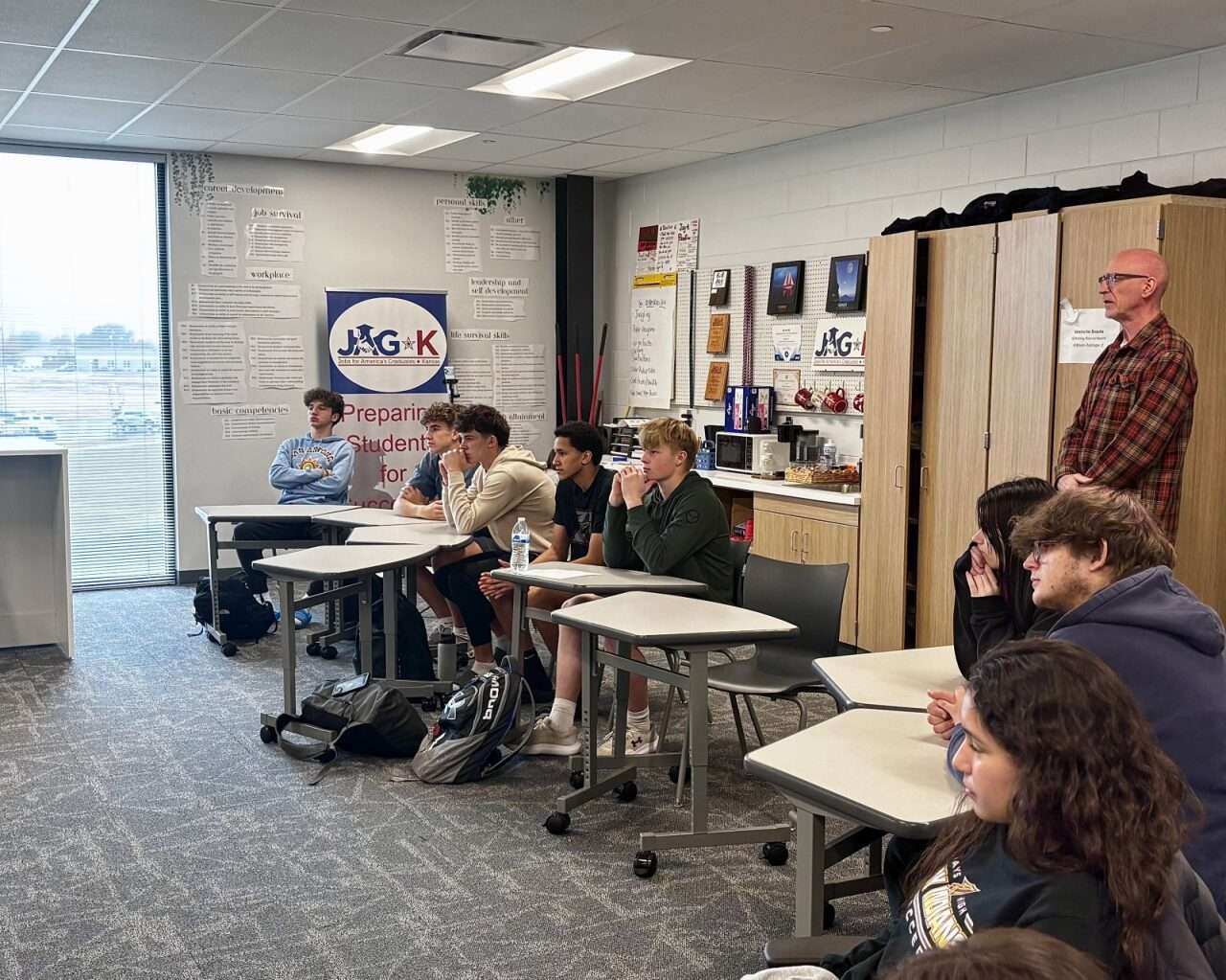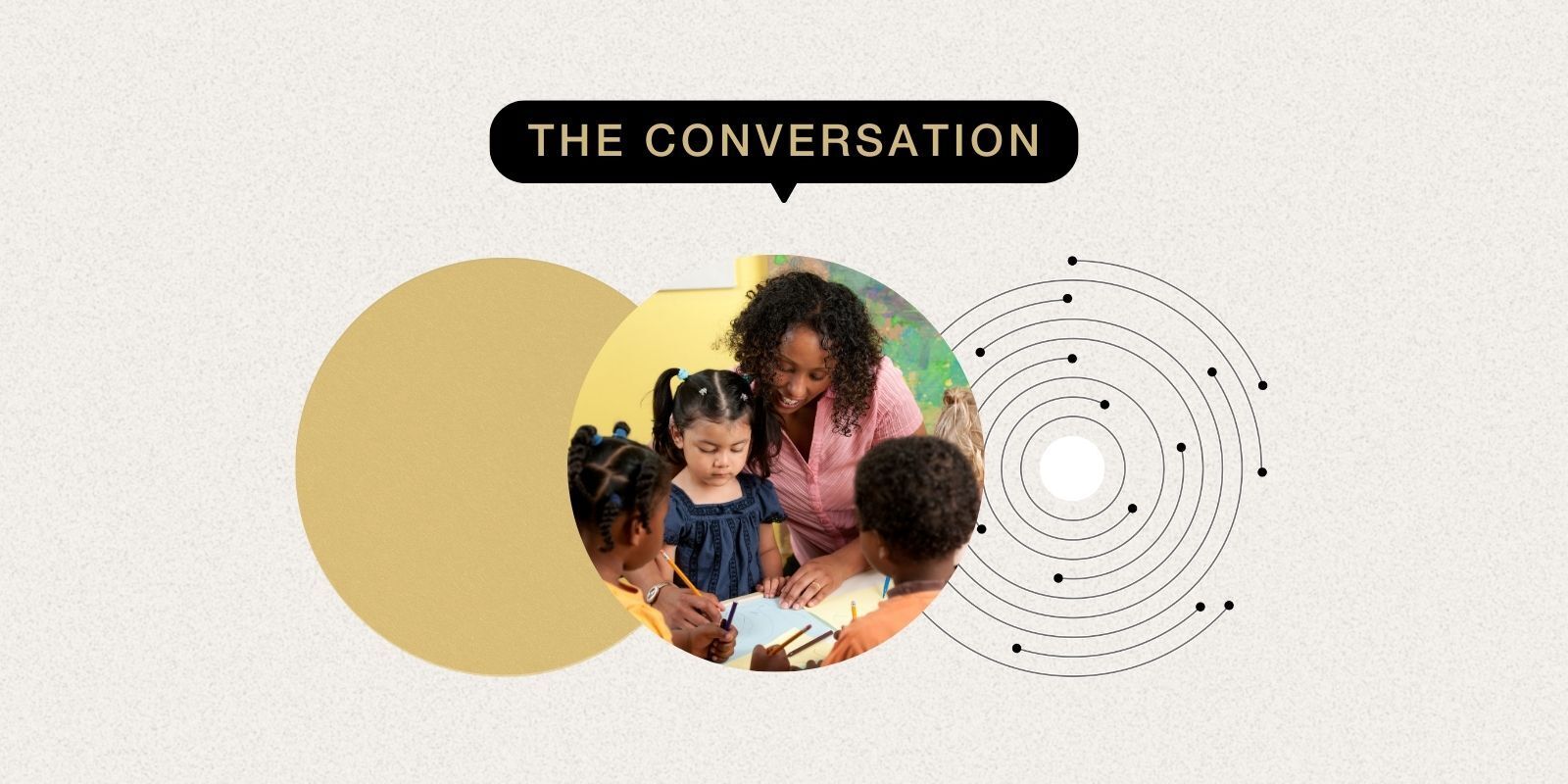How a Peruvian journalist turned media literacy into a community movement – Poynter

Report on Media Literacy Initiatives and Their Contribution to Sustainable Development Goals
This report details the impact of the International Center for Journalists’ (ICFJ) “Disarming Disinformation” initiative, focusing on a case study from Peru. The program demonstrates a direct contribution to several United Nations Sustainable Development Goals (SDGs) by empowering communities with media literacy skills.
Strategic Alignment with Sustainable Development Goals (SDGs)
The initiative’s core mission to combat disinformation through education and journalism directly supports the 2030 Agenda for Sustainable Development. Key contributions include:
- SDG 3: Good Health and Well-being: By equipping citizens to identify and reject health-related misinformation, such as that seen during the COVID-19 pandemic’s anti-vaccine movement, the program promotes public health and informed decision-making.
- SDG 4: Quality Education: The project advances Target 4.7 by ensuring learners acquire knowledge and skills for sustainable development and global citizenship. Media literacy is a critical competency for navigating the modern information ecosystem.
- SDG 16: Peace, Justice and Strong Institutions: Countering disinformation strengthens public trust and promotes access to reliable information (Target 16.10), which is fundamental for building effective, accountable, and inclusive institutions.
- SDG 17: Partnerships for the Goals: The program is founded on collaboration between the ICFJ, the Scripps Howard Foundation, and the Poynter Institute, exemplifying the multi-stakeholder partnerships necessary to achieve the SDGs.
Case Study: Media Literacy Training in Peru
Program Implementation and Outreach
Lucero Ascarza, a participant in the ICFJ training program, developed and implemented media literacy workshops in Peru, reaching over 150 individuals. The project was catalyzed by the surge in public health disinformation during the COVID-19 crisis. Ascarza’s strategy involved a multi-pronged outreach to diverse community segments to ensure inclusive education, in line with the “leave no one behind” principle.
- Educational Institutions: Workshops were delivered to secondary school students and educators at the Pontifical Catholic University of Peru.
- Community and Faith-Based Organizations: Ascarza partnered with Lutheran and Methodist churches in Lima to reach teenagers outside traditional school settings, demonstrating an innovative approach to community engagement.
Methodology: The “Verifica pe” Workshop
Ascarza’s workshops, titled “Verifica pe: Hablemos de desinformación y cómo combatirla,” utilized an interactive and culturally relevant framework to make media literacy concepts accessible. The core teaching model was built on a three-step critical thinking process:
- Stop: Pause before sharing or reacting to information.
- Distrust: Question the source, intent, and emotional appeal of the content.
- Verify: Use fact-checking techniques and consult credible sources to confirm accuracy.
The methodology involved using relatable, real-world examples, from local news reports to social media influencer content, to illustrate concepts like clickbait, deepfakes, and disinformation campaigns.
Impact and Contribution to SDG Targets
Empowering Communities and Fostering Resilience
The workshops yielded significant positive outcomes, directly contributing to SDG targets related to education and strong institutions.
- Participants demonstrated a measurable increase in their ability to question and discern the information they consume.
- Educators committed to integrating the media literacy skills into their own teaching, creating a multiplier effect that advances SDG 4.
- Attendees reported a greater understanding of the need to verify information before sharing, particularly content from unofficial or unverified sources, thereby strengthening community resilience against harmful falsehoods.
Future Directives and Sustained Commitment to the SDGs
Expansion of Educational and Journalistic Initiatives
The project’s success has led to sustained activities that will continue to support the SDGs.
- AI Literacy: Ascarza will expand her work to include the responsible use of AI, addressing an emerging challenge to information integrity and quality education (SDG 4).
- Contranoticia Media Venture: A new media venture, Contranoticia, will be launched to focus on community-centered stories. This initiative will directly address:
- SDG 5 (Gender Equality) and SDG 10 (Reduced Inequalities) through a human rights and gender-centered approach.
- SDG 16 (Peace, Justice and Strong Institutions) by implementing a dedicated fact-checking component to amplify facts and ensure public access to credible information.
Analysis of Sustainable Development Goals (SDGs) in the Article
1. Which SDGs are addressed or connected to the issues highlighted in the article?
-
SDG 3: Good Health and Well-being
- The article directly connects the issue of disinformation to a major public health crisis. It states that Lucero Ascarza’s realization of the problem began with the COVID-19 pandemic and the “mistrust that fueled Peru’s anti-vaccine movement.” Her work at “Salad con lupa, a newsroom focused on public health,” further highlights how she “saw firsthand how dangerous misinformation could be.” This establishes a clear link between combating false information and promoting public health.
-
SDG 4: Quality Education
- The core focus of the article is on education, specifically “media literacy education.” The entire initiative described involves training programs, workshops, and capacity building. The article mentions the “media literacy training of trainers program,” Ascarza’s work in education at the Pontifical Catholic University of Peru, and her workshops for educators, students, and community members. The goal is to equip individuals with “skills to spot and stop falsehoods,” which is a form of lifelong learning and critical skill development.
-
SDG 16: Peace, Justice and Strong Institutions
- The article emphasizes the role of journalism and access to credible information in a functioning society. Ascarza’s background is in “investigative journalism” and “fact-checking.” The initiative aims to “slow the spread of disinformation” and “amplify facts over fiction.” This work strengthens the information ecosystem, which is a pillar of strong institutions. By promoting verified information and responsible journalism through ventures like “Contranoticia,” the initiative contributes to a more informed public and accountable institutions.
-
SDG 17: Partnerships for the Goals
- The initiative described is a collaborative effort involving multiple organizations. The article explicitly states that the “International Center for Journalists’ (ICFJ) Disarming Disinformation initiative is a three-year program, supported by the Scripps Howard Foundation.” It also highlights a key partnership: “ICFJ partnered with MediaWise from the Poynter Institute to develop and deliver media literacy programming.” This multi-stakeholder approach, involving non-profits and foundations, exemplifies the spirit of this SDG.
2. What specific targets under those SDGs can be identified based on the article’s content?
-
SDG 3: Good Health and Well-being
- Target 3.d: “Strengthen the capacity of all countries, in particular developing countries, for early warning, risk reduction and management of national and global health risks.” The article discusses how disinformation during the COVID-19 pandemic was a significant public health risk in Peru. The media literacy programs described are a direct effort to strengthen the community’s capacity to manage this information-based health risk, thereby reducing its potential harm.
-
SDG 4: Quality Education
- Target 4.7: “By 2030, ensure that all learners acquire the knowledge and skills needed to promote sustainable development, including, among others, through education for… global citizenship…” The media literacy workshops aim to provide participants with the critical thinking skills necessary to be responsible digital citizens. The article notes that the training is about “having and applying the skills to think about and evaluate one’s information ecosystem critically,” which is a core component of the knowledge and skills mentioned in this target.
-
SDG 16: Peace, Justice and Strong Institutions
- Target 16.10: “Ensure public access to information and protect fundamental freedoms, in accordance with national legislation and international agreements.” The initiative’s focus on investigative journalism, fact-checking (through “Verifica pe”), and creating a new media venture (“Contranoticia”) is fundamentally about ensuring the public has access to reliable, verified information. Combating disinformation is crucial to protecting the integrity of public information.
-
SDG 17: Partnerships for the Goals
- Target 17.17: “Encourage and promote effective public, public-private and civil society partnerships, building on the experience and resourcing strategies of partnerships.” The article provides a clear example of a civil society partnership between the International Center for Journalists (ICFJ), the Poynter Institute (via MediaWise), and the Scripps Howard Foundation to achieve a common goal.
3. Are there any indicators mentioned or implied in the article that can be used to measure progress towards the identified targets?
-
Indicators for SDG 4 (Target 4.7)
- Quantitative Indicator: The article provides specific numbers on the reach of the educational programs. It states, “The program thus far has trained 27 trainers who have reached more than 3,200 people.” It also mentions that Ascarza alone has reached “more than 150 people.” These figures directly measure the number of individuals receiving education on media literacy.
- Qualitative Indicator: The article implies a measure of effectiveness by noting a “positive increase in both educators’ and teenagers’ abilities to question and discern information they consumed.” Testimonials from a student (“I learned how to find out if we are being informed about real or adulterated news”) and a teacher also serve as qualitative evidence of the program’s impact.
-
Indicators for SDG 16 (Target 16.10)
- Indicator of Action: The creation of new platforms to provide verified information serves as an indicator. The article mentions Ascarza’s plan to launch a “new media venture called Contranoticia” and to “implement fact-checking under the same name as her media literacy workshops, Verifica pe.” The establishment and operation of these entities are tangible outputs that contribute to the target.
-
Indicators for SDG 17 (Target 17.17)
- Indicator of Partnership: The existence of the formal, funded partnership is itself an indicator. The article describes the “Disarming Disinformation initiative” as a “three-year program, supported by the Scripps Howard Foundation” and details the collaboration between “ICFJ” and “MediaWise from the Poynter Institute.” This demonstrates a functional, multi-stakeholder partnership in action.
4. Summary Table of SDGs, Targets, and Indicators
| SDGs | Targets | Indicators |
|---|---|---|
| SDG 3: Good Health and Well-being | 3.d: Strengthen capacity for early warning, risk reduction, and management of national and global health risks. |
|
| SDG 4: Quality Education | 4.7: Ensure all learners acquire knowledge and skills needed for sustainable development and global citizenship. |
|
| SDG 16: Peace, Justice and Strong Institutions | 16.10: Ensure public access to information and protect fundamental freedoms. |
|
| SDG 17: Partnerships for the Goals | 17.17: Encourage and promote effective public, public-private and civil society partnerships. |
|
Source: poynter.org
What is Your Reaction?
 Like
0
Like
0
 Dislike
0
Dislike
0
 Love
0
Love
0
 Funny
0
Funny
0
 Angry
0
Angry
0
 Sad
0
Sad
0
 Wow
0
Wow
0
















































:focal(1500,1000)/https://media.globalcitizen.org/a6/9a/a69a4720-d8a1-4715-b596-18738d03c05c/rotary_polio_hero_image.jpg?#)







/countries/sri-lanka/photo-credit---dmc-sri-lanka.tmb-1200v.jpg?sfvrsn=dc298bcc_1#)


















